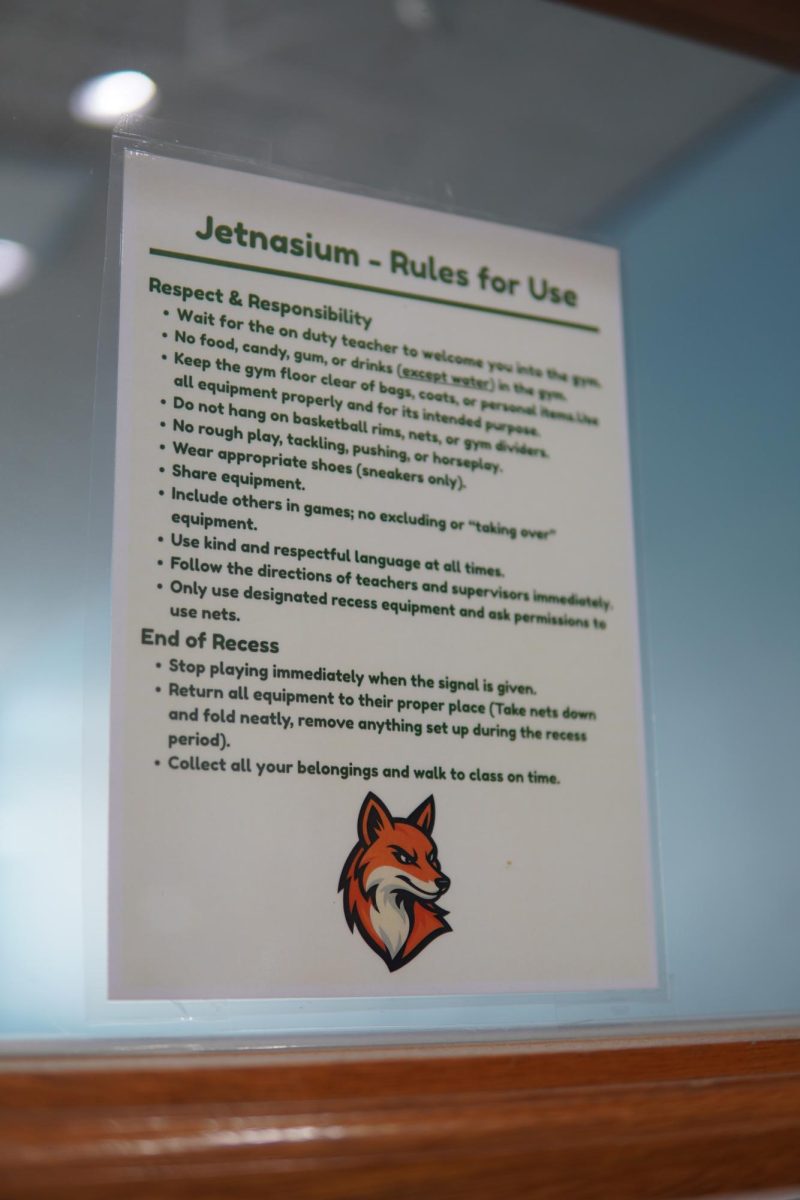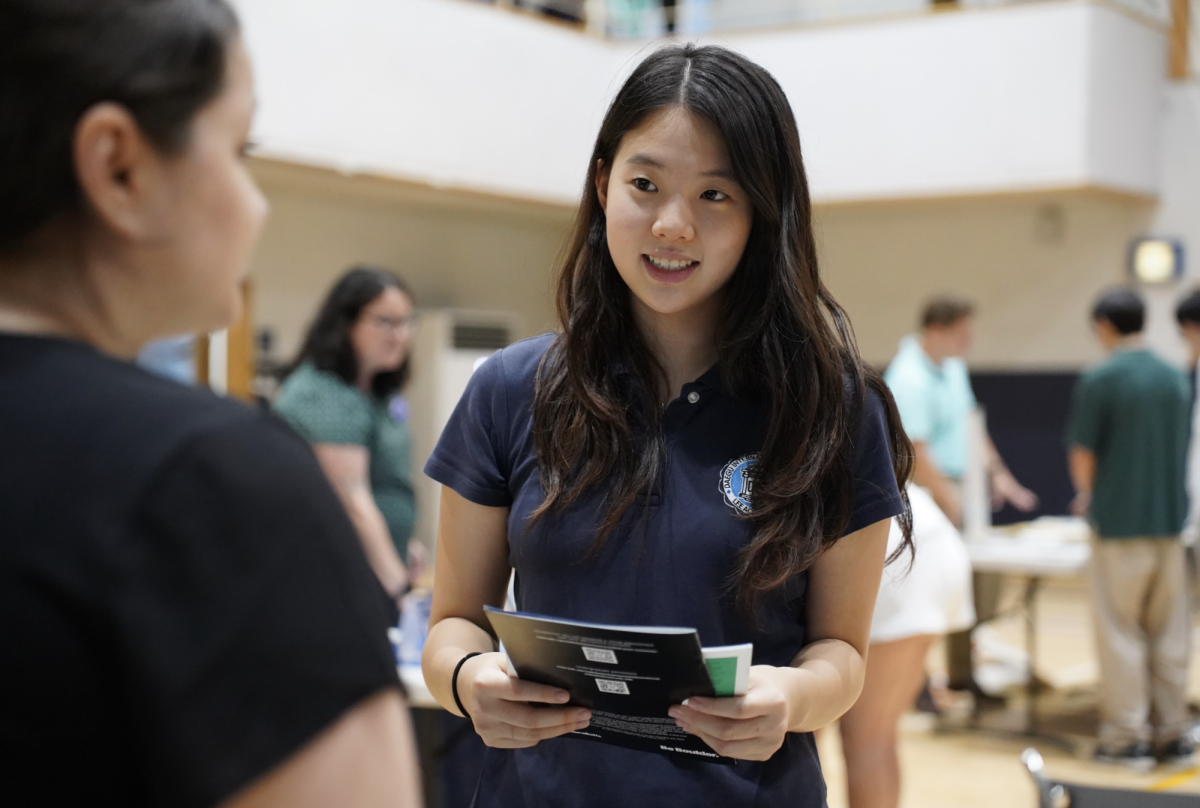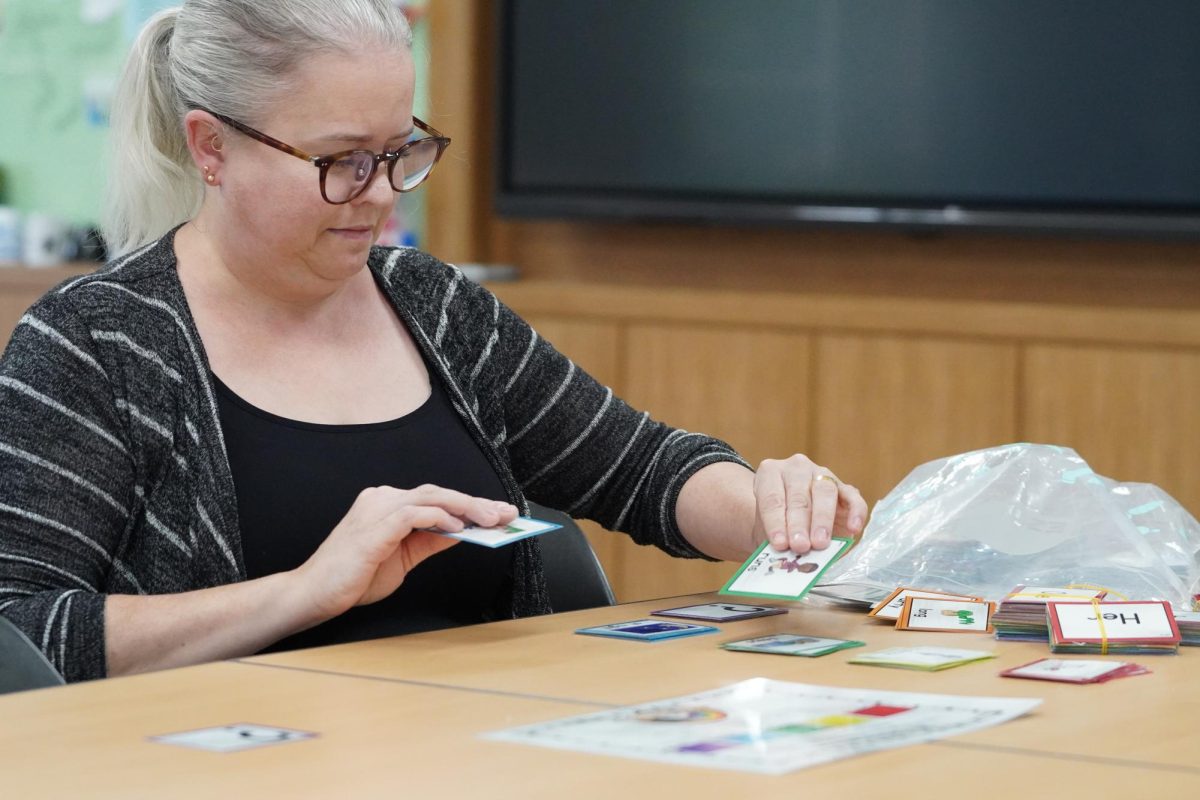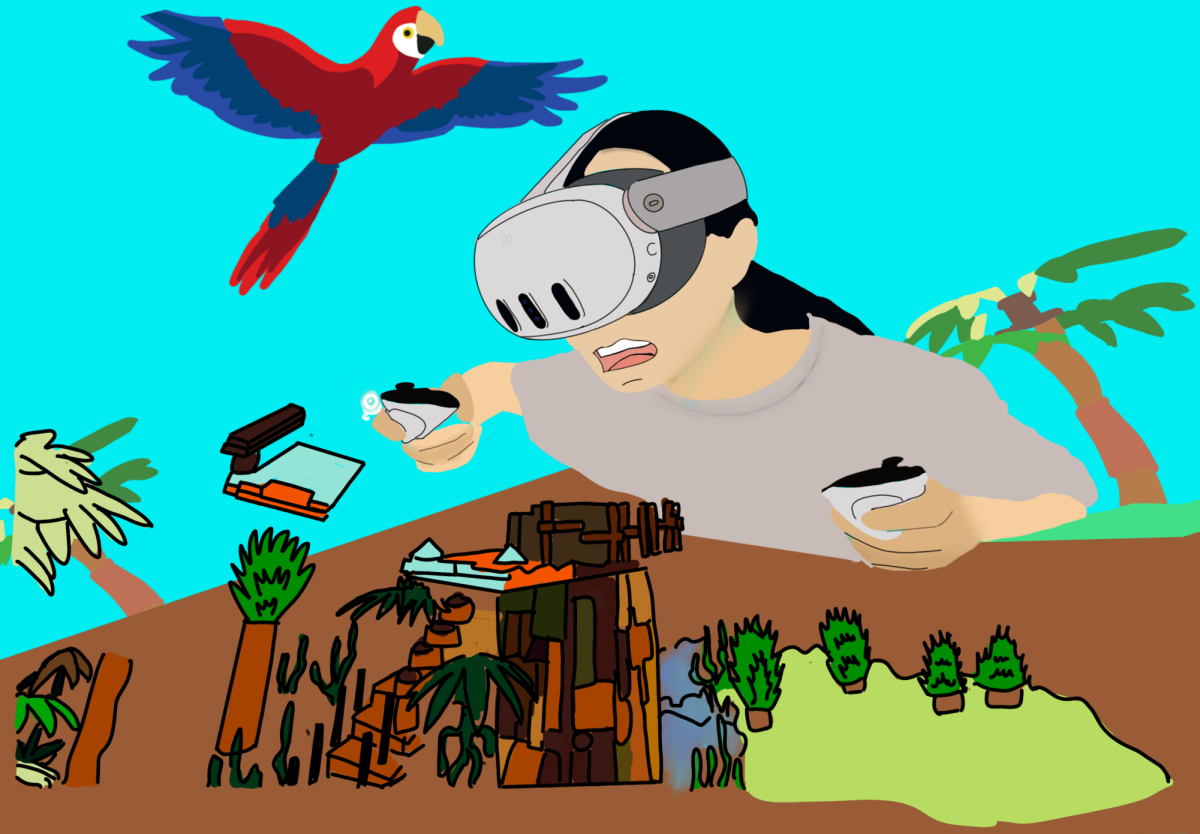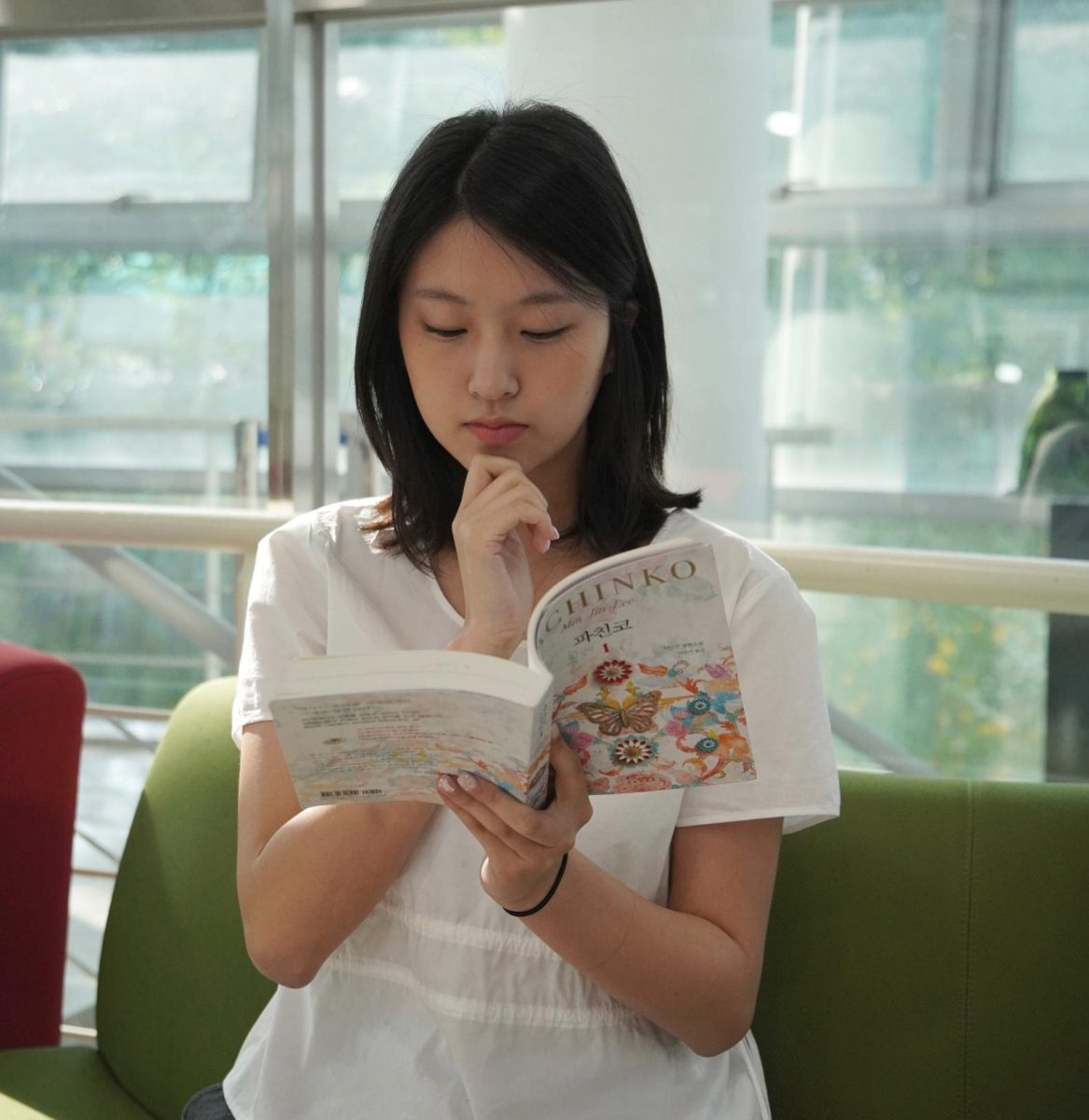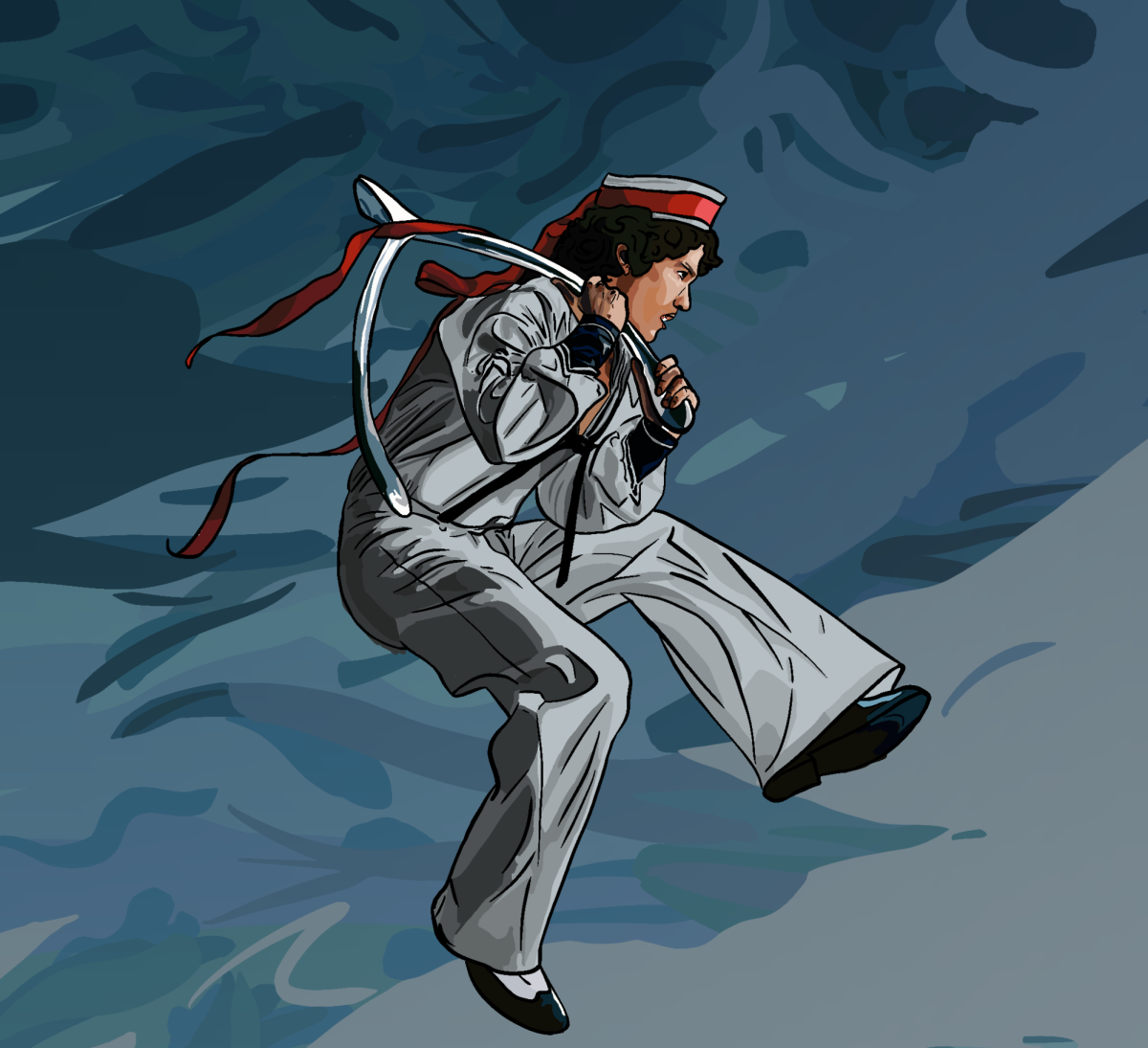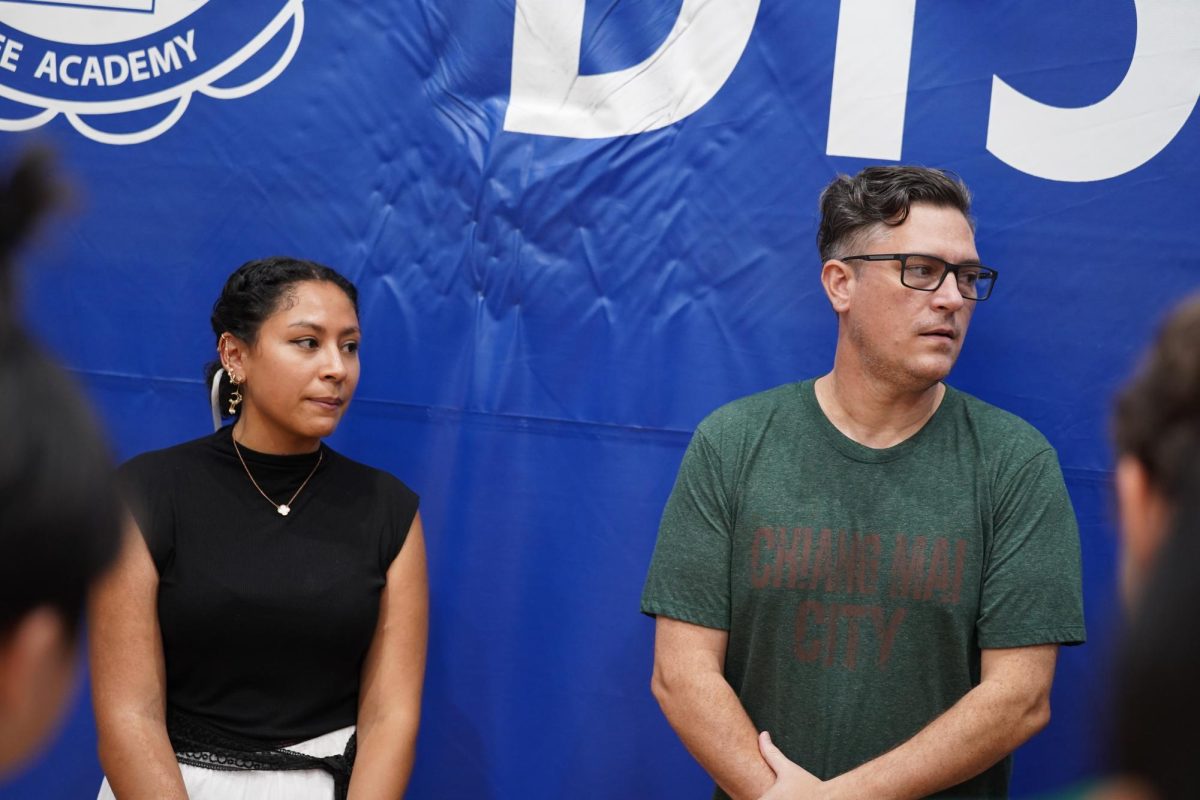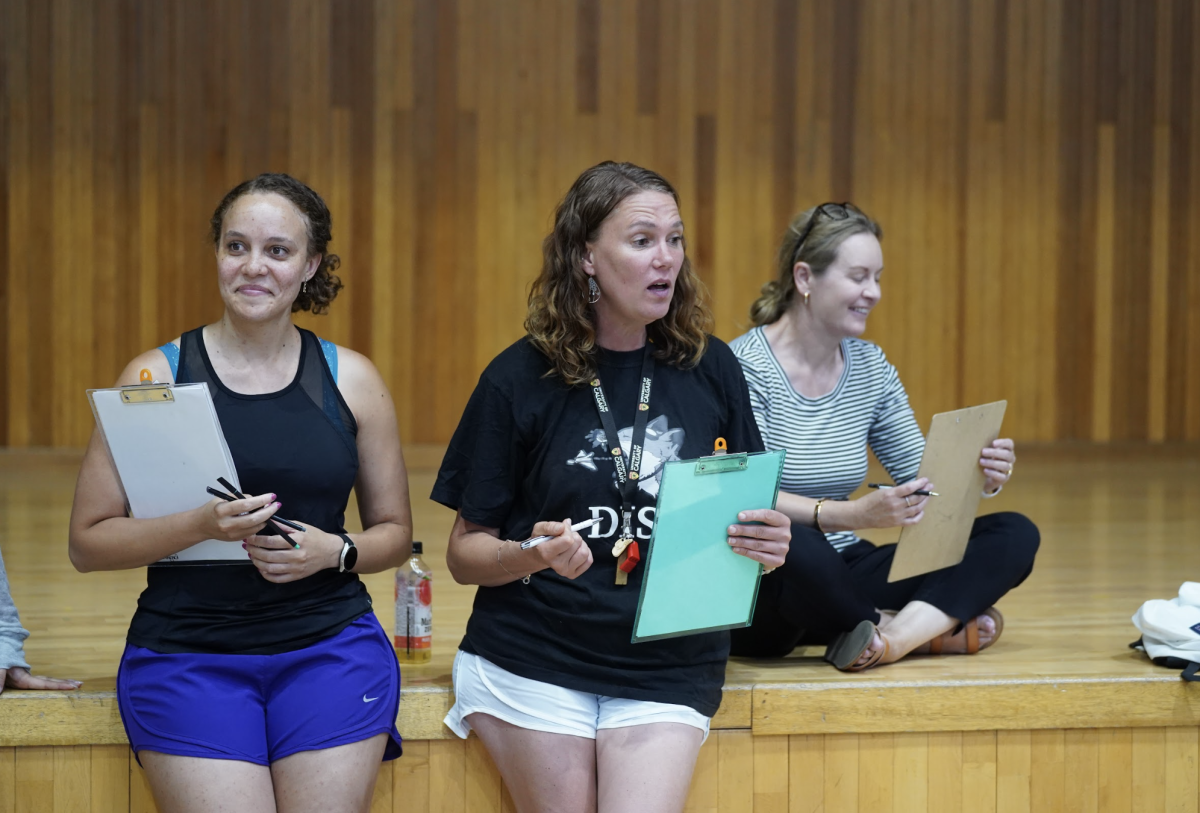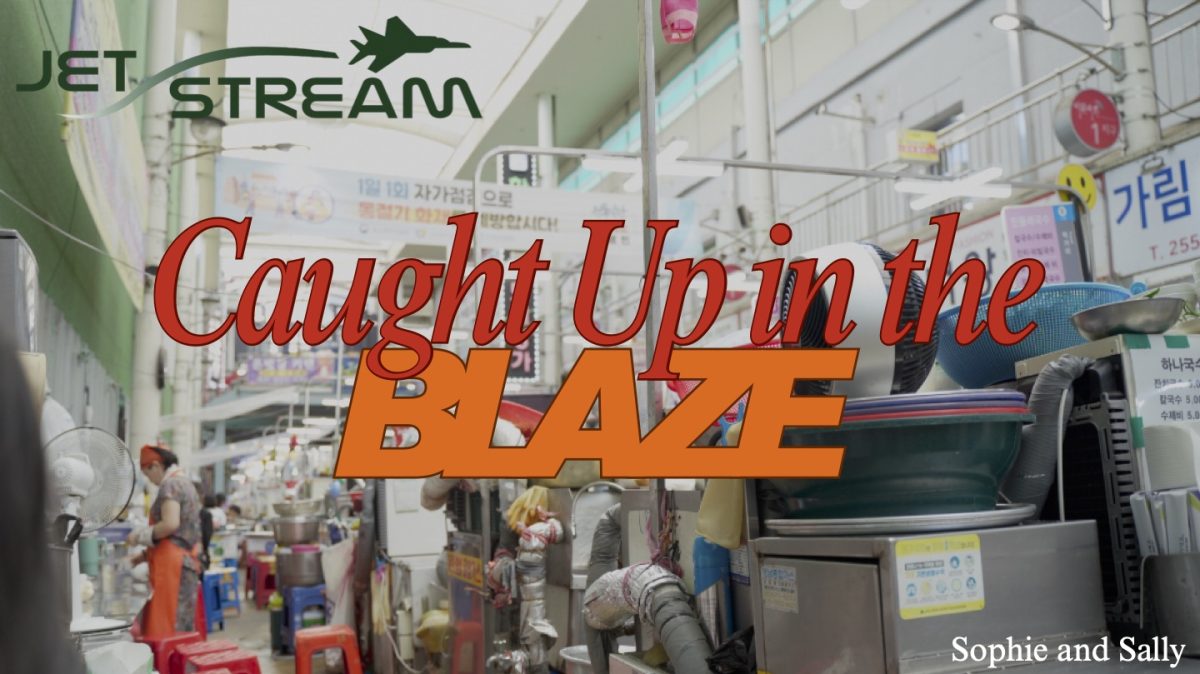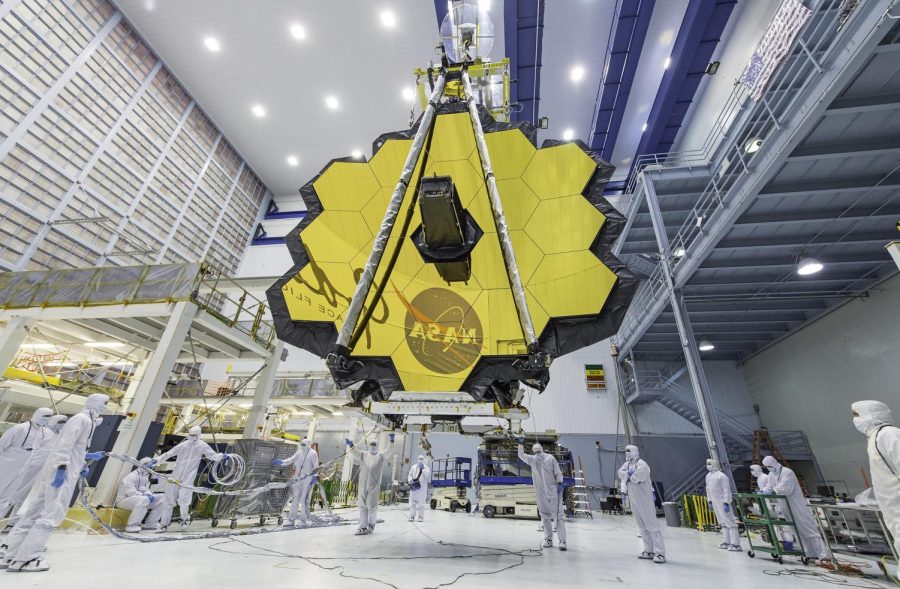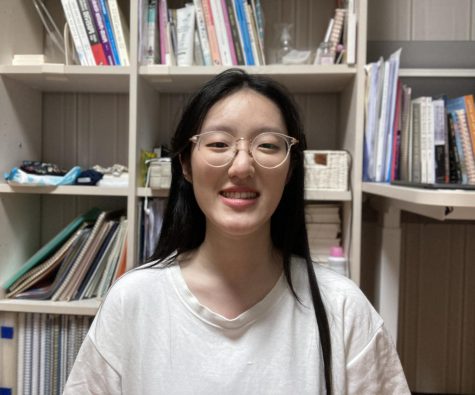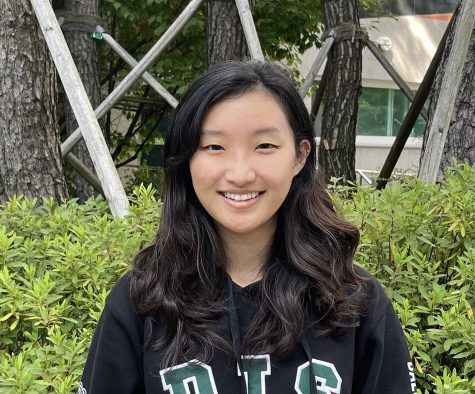Moon, Mars, and Beyond
James Webb Telescope Pushes Humanity’s Boundaries Farther
January 26, 2022
Mankind is making unthinkable achievements in the 21st century, and a huge mirror that floats around the universe is one of them. The James Webb telescope (the aforementioned “huge mirror”) is an infrared space telescope that holds the mystical truth behind our creation.
Launched on December 25th, 2021, the James Webb telescope has just begun its journey as NASA’s largest and most powerful space telescope ever. With a huge price tag of 10 billion USD, the project was designed to locate objects at redshifts (what astronomers measure to observe faraway objects) of nearly z = 20 (the number of years the light from the object has traveled to reach us – just 1 z is around 1 million years) and observe entities 100 times fainter than the previous Hubble telescope. The feat becomes even more impressive when considering scientists’ assumption that one of the very first galaxies ever formed at a redshift of about z = 15.
In other words, the telescope is so powerful that it will be able to observe light, and therefore evidence, of the Big Bang and the earliest galaxies. The scope will allow unprecedented levels of in-depth study on dark matter and energy.
The tennis court-sized telescope reached its final destination a million miles away from Earth and completed its critical deployment step – unfurling its golden mirrors on January 4th. All the while, DIS teachers’ demonstrated interest in this groundbreaking feat. Mr. Cameron, who introduced this news to his physics class, believes that “it’s important for kids to hear about current events in science.”
“I think that as learners of science, it’s always important not just to [know] basic concepts, but also to find out about what is currently going on in [the field]. The discoveries made in science benefit society as a whole, so it is important as an informed citizen to know about what is [happening],” he said.
Just as Mr. Cameron emphasized that keeping up with the latest findings benefits other fields, Ms. Ni Thuathail acknowledged the importance of keeping up with current events on other STEM subjects, like biology.
“I think it is important that we try to keep students aware of current developments in science, engineering, and all of the STEM fields. For example, last week there was the first successful xenotransplantation… a man had a heart transplant with a pig’s heart. It’s just a fantastic development. I think the more we can show the applications of our subjects, the better it is for students.”
As the James Webb telescope is broadening the understanding of the universe for all, it also provides a new gateway for DIS students to expand their knowledge beyond textbooks. Humanity is taking another step forward as is NASA’s vision – ”Moon, Mars, and Beyond.”



